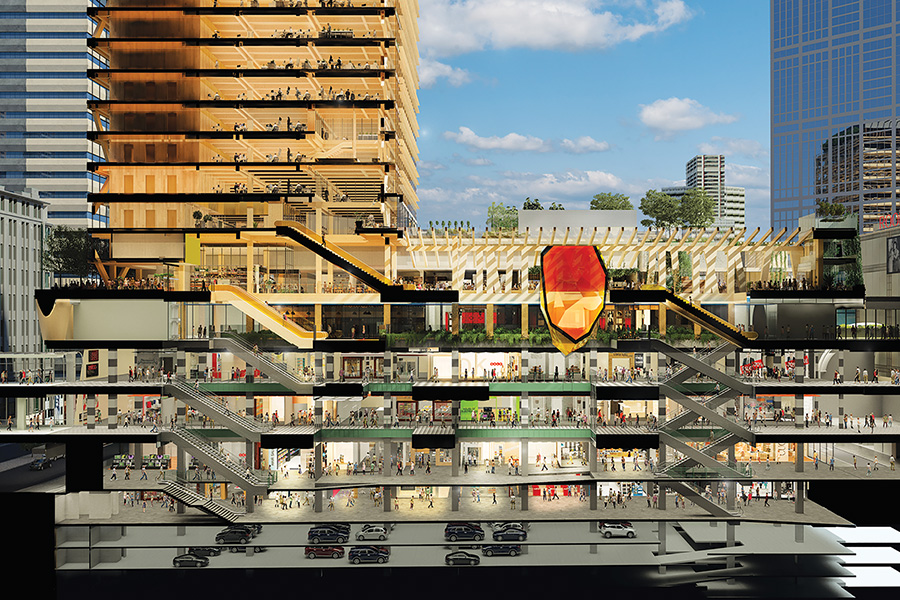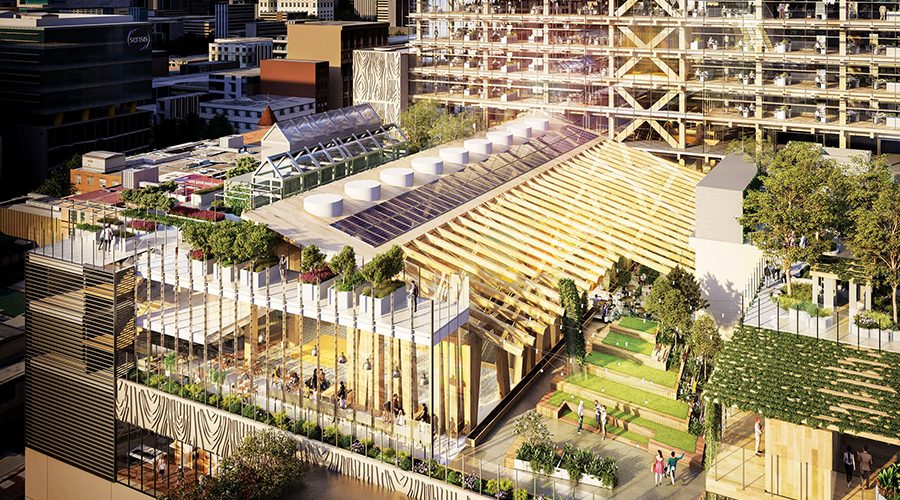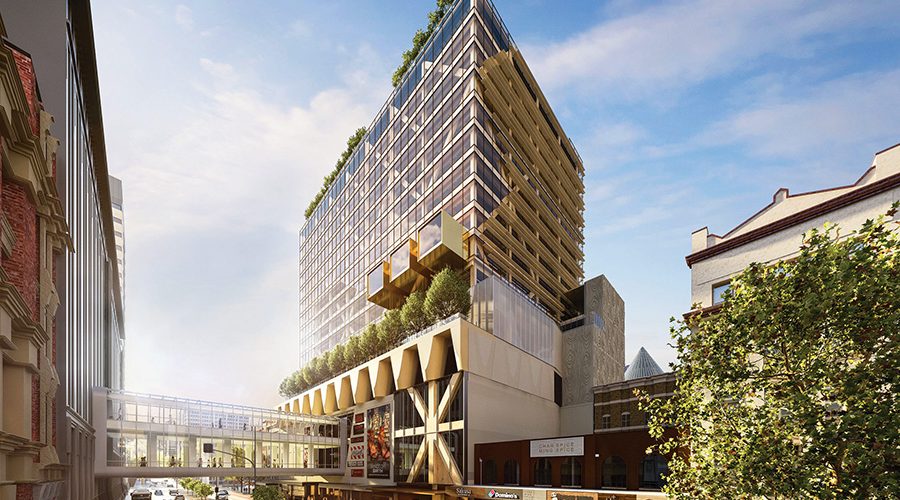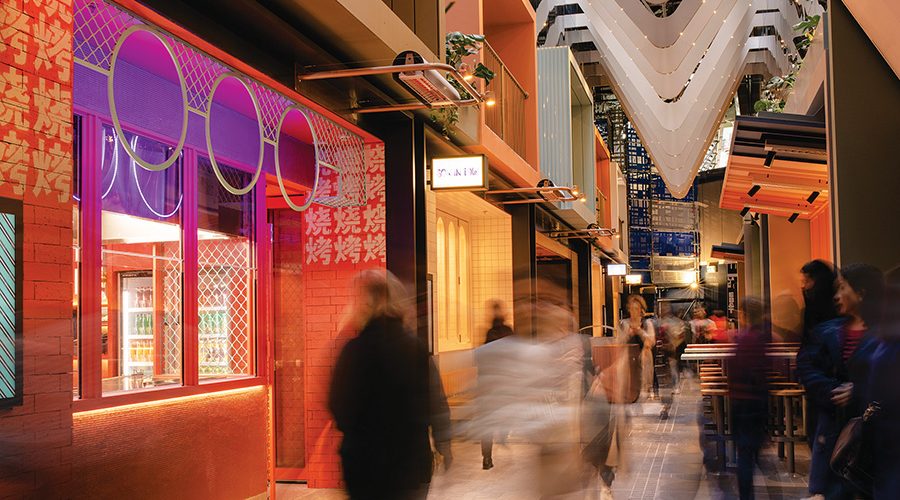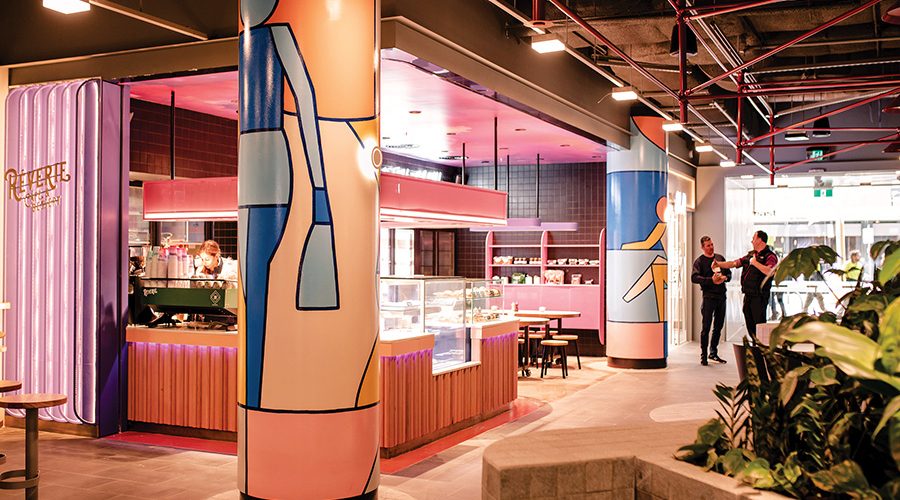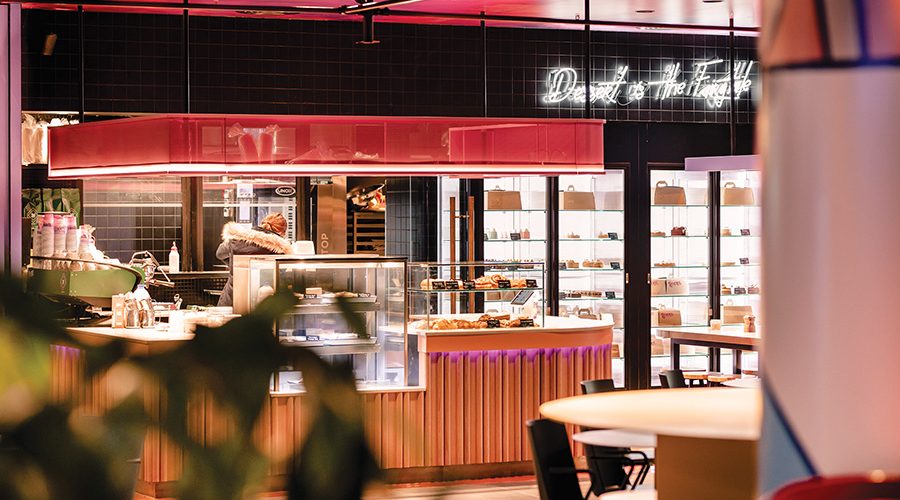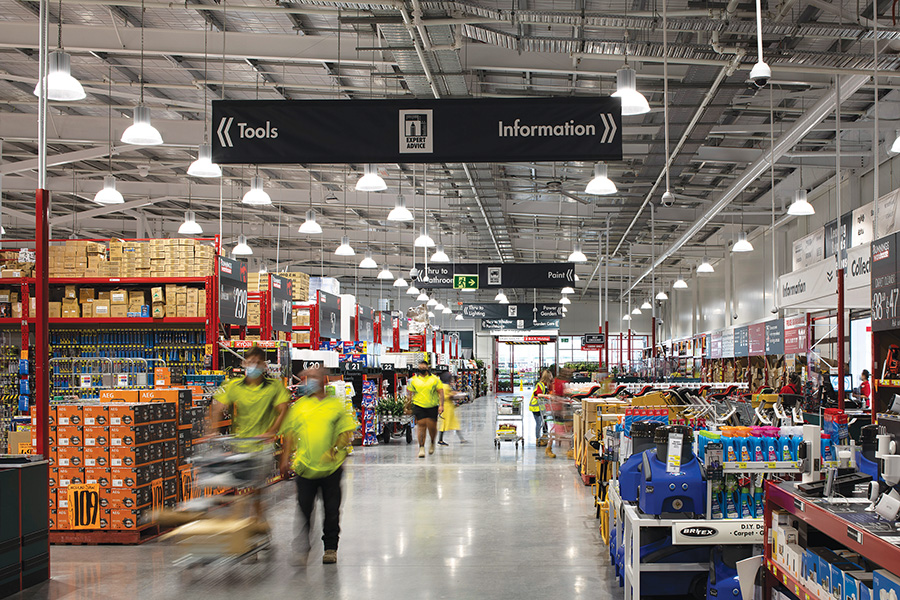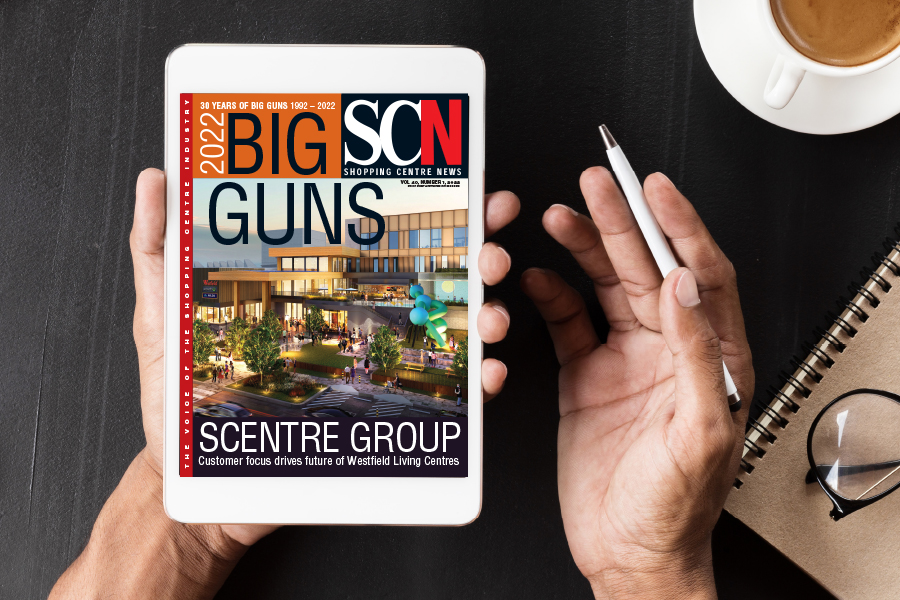Chris Barnett is GPT’s new Head of Retail. In this article, he outlines GPT’s approach to reinventing the company’s retail centres. It’s all about being ‘customer focused’ – finding out what the customer wants but, as he says, it’s a useless exercise to compile the data without a willingness to invest in the asset.
While shifting retail trends are being intensified by rapidly evolving technology and ecommerce, there is an increasing number of retailers who see the internet as a way to complement their bricks-and-mortar offering and, surprisingly, vice versa. This dynamic presents property owners with both an opportunity and a challenge to work with retail partners seeking to develop an online offering to complement their traditional retail formats. Shopping centre owners are reinventing their offering, and overhauling the purpose and way they interact with retailers, and the customer in the wider community.
For GPT, this requires us to have the deepest possible understanding of the customer and their needs as we invest in creating places that offer authentic experiences while their work and recreational lives are changing in response to this digital transformation. We want to make that change meaningful. Reinventing our assets is key to delivering the experience our customers desire, and ensures we continue to provide the most relevant and inspiring retail offering while also creating environments for our retailers to thrive.
Knowing the customer
Access to technology and real-time data is becoming crucially important to business and, more than ever, we have the ability to access it. As an owner, we must understand how our customers’ needs are changing in a rapidly evolving retail landscape. And we need to respond with immediacy.
Having a deep understanding of customers in each of our centre’s trade areas is key when making decisions around the relevancy of our precincts, tenancy mix and the services we offer. We can use data to repeat and amplify our successes, and avoid repeating things that don’t work. The sharing of data has helped to facilitate even stronger relationships between shopping centre owners and retailers, and has given rise to more meaningful discussions regarding productivity and shifts in consumer behaviour.
GPT has an ongoing desire to work with retail partners to find the right space or to work together to develop the right concept. Relationships with our retailers is a key focus, and we continue to drive opportunities that foster partnerships that deliver the right experience for our customers that are adopting new technologies at ever-faster rates.
To be successful, shopping centres of tomorrow will need to deliver a sense of connectedness, a place that can provide customers with a feeling of wellness, joy, community and entertainment.
After their own home, shopping centres are still the number one destination where people spend leisure time. For this to continue, we need to ensure our shopping centres remain relevant and places where people not only come to shop for both pleasure and necessity, but to also eat out, exercise and socialise in vibrant social spaces.
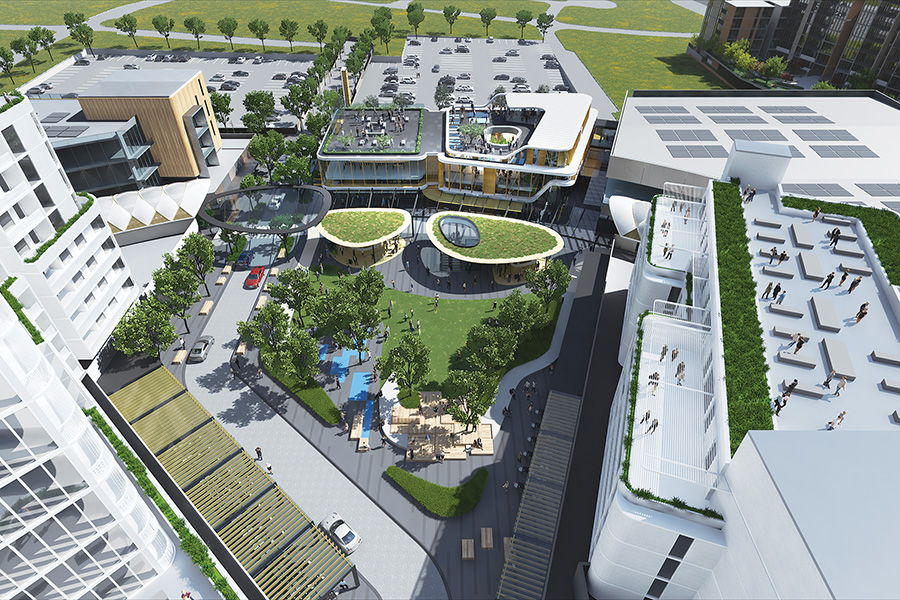
Rouse Hill Town Centre masterplan
Invest in the best, not the biggest
GPT is continuing to invest in its shopping centres to ensure we adapt to the changing needs and wants of the customer. Our investment in precinct ambience is overlaid with the tenancy expiry profile to ensure that we can achieve upgrades of both the common space as well as refinements to our tenancy mix. The investments we are making are delivering real sales growth and enhanced productivity.
At Rouse Hill Town Centre for instance, we are building upon the excellent success of the existing centre with a view to delivering a world-class town centre, beginning in 2020. With the integration of greater public amenity, a higher proportion of mixed use and an enhanced retail offering anchored by an iconic collection of first-to-market brands, the investment is a great example of how we are responding proactively to the changing customer needs. The development will build on our objective to deliver a vibrant and pedestrian-friendly, mixed-use precinct where the surrounding community can meet, shop, be entertained, dine, celebrate, work and live.
At Melbourne Central, the most productive shopping centre in Australia, flagship stores and first-to-market brands have become a key point of difference in the 11 unique precincts that cater to more than 60 million visitors each year.
By focusing on creating a point of difference for customers, the significant refurbishment during the past five years has been driven by an ambition to bring the most relevant retailers; particularly dining, lifestyle and health and beauty brands wanting to open their first Melbourne store.
With a redevelopment focusing on rooftop dining, entertainment and leisure, the next iteration of Melbourne Central will only enhance a retail offering that consistently remains relevant, while continually providing a sense of discovery for the customer.
The redevelopment will include a unique 20,000m2 timber office building, that will enjoy the benefits of a central location while sitting on top of the most productive retail space in Australia.
Earlier this year, we spoke about the Menzies Place repositioning, and the launch of ELLA (where Elizabeth meets La Trobe), a game-changing food-and-beverage focused space integrating authentic modern Asian street food into a precinct that acknowledges Melburnians’ love of laneways. The first of its kind within a shopping centre, stage one of the precinct recently opened to an enthusiastic response, adding a new dimension to Melbourne Central.
To remain competitive, shopping centre owners and managers need to understand the customer more than ever. And, more than ever, we have the ability to do this.
However, it is futile to invest in analysing data if we are not going to invest in the asset, and to evolve the offering so that it remains relevant. We place importance on first-to-market retailers, and creating places and experiences that inspire and excite people. These are essential qualities that will help us navigate through this period of an evolving retail environment.


